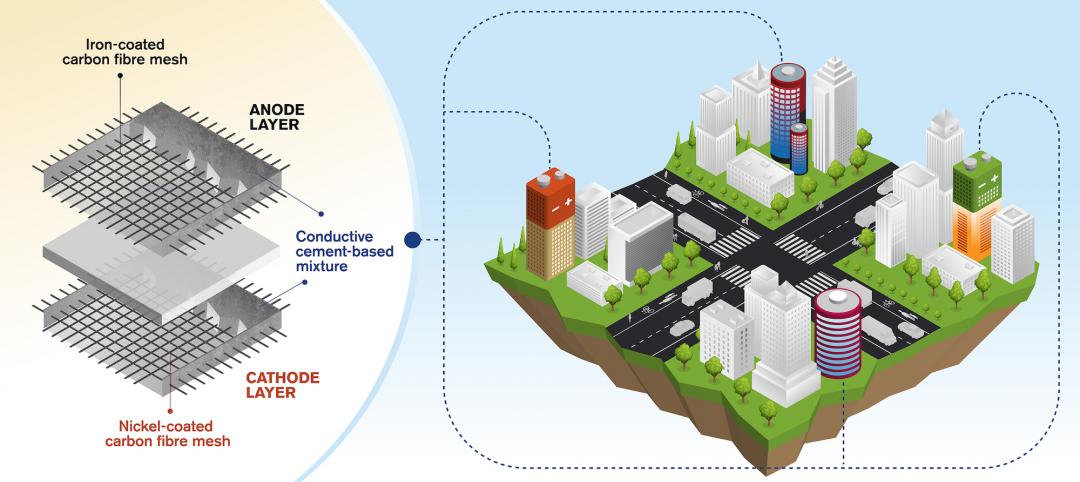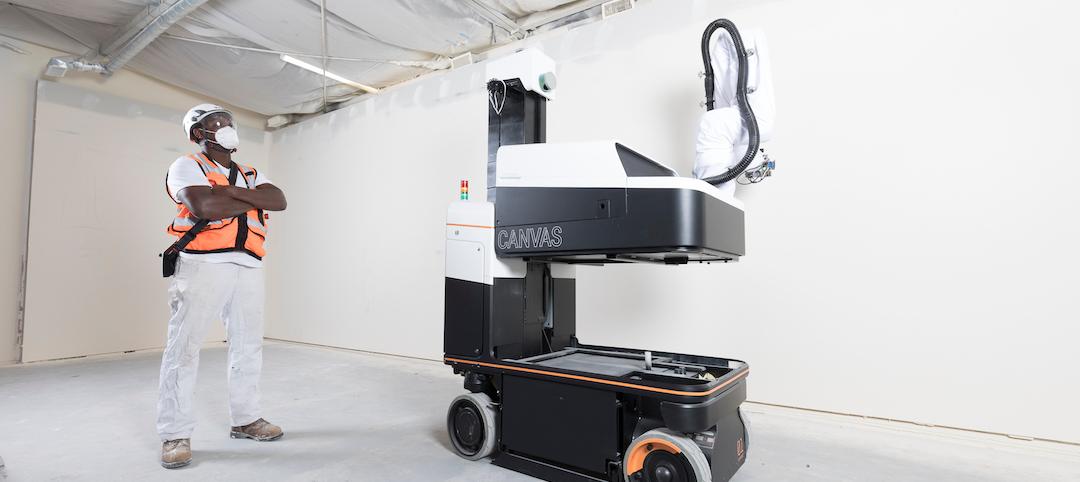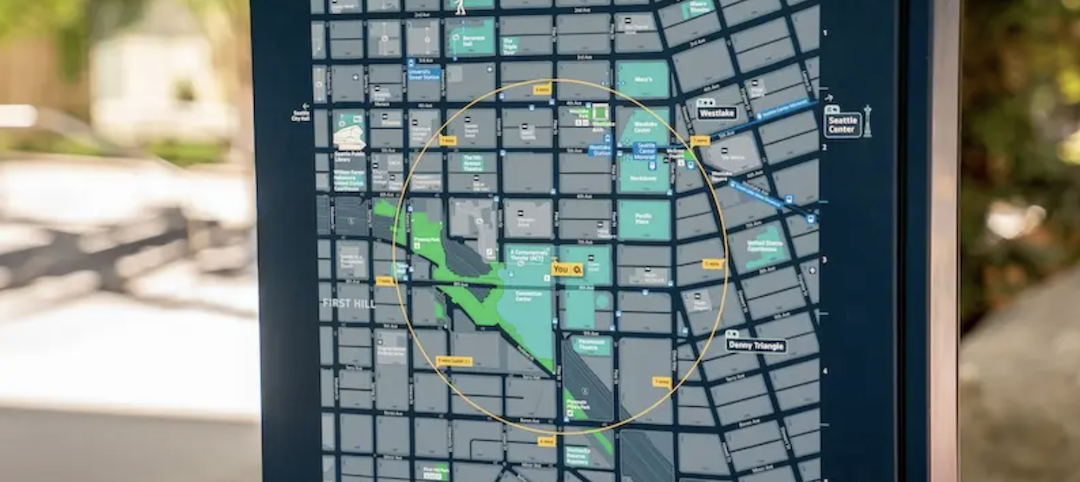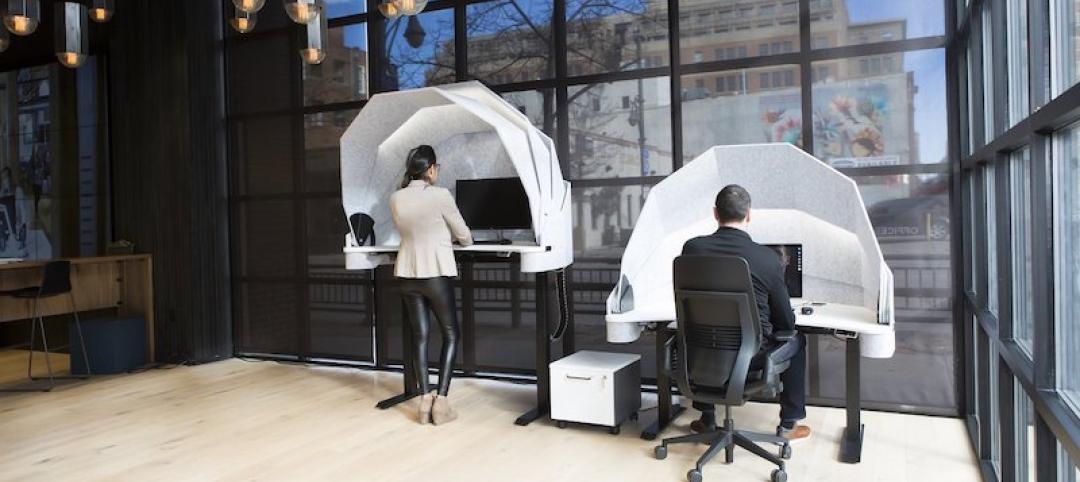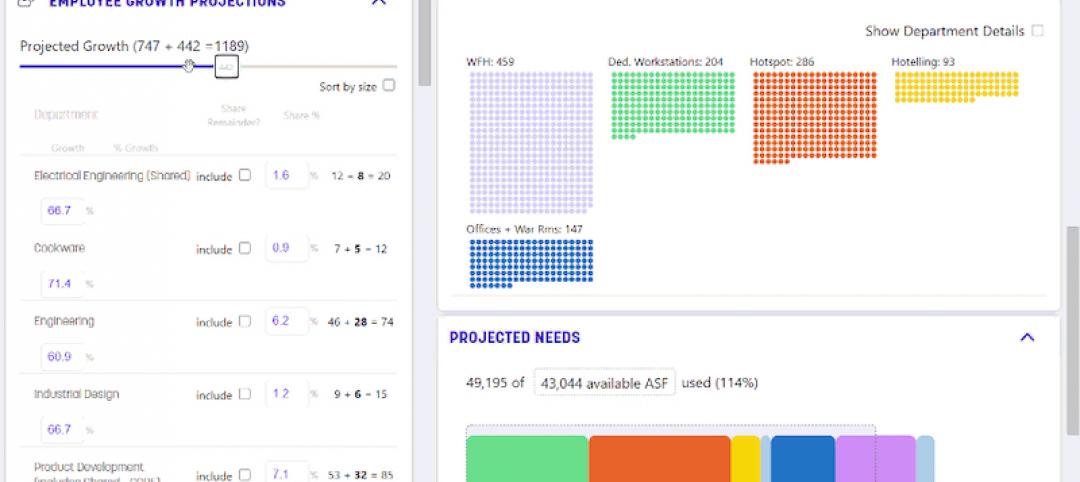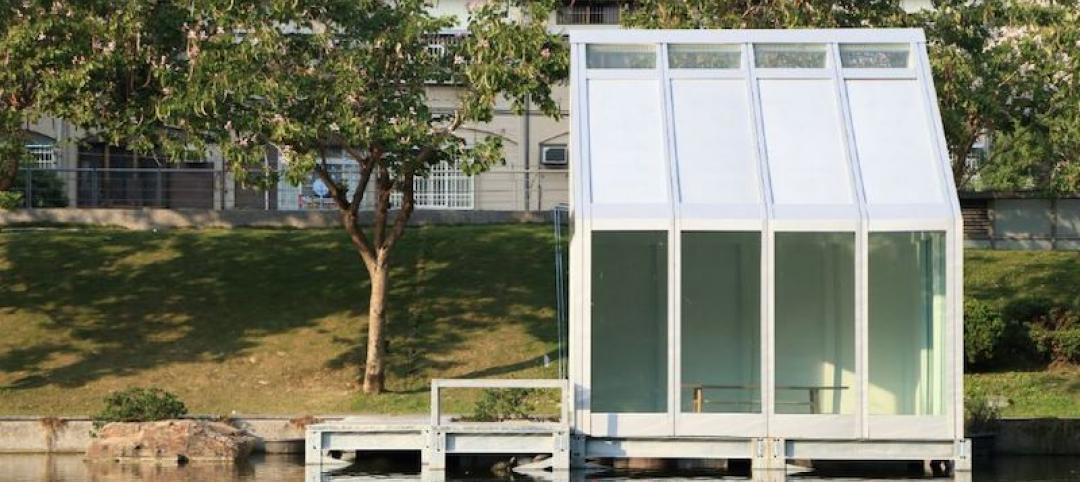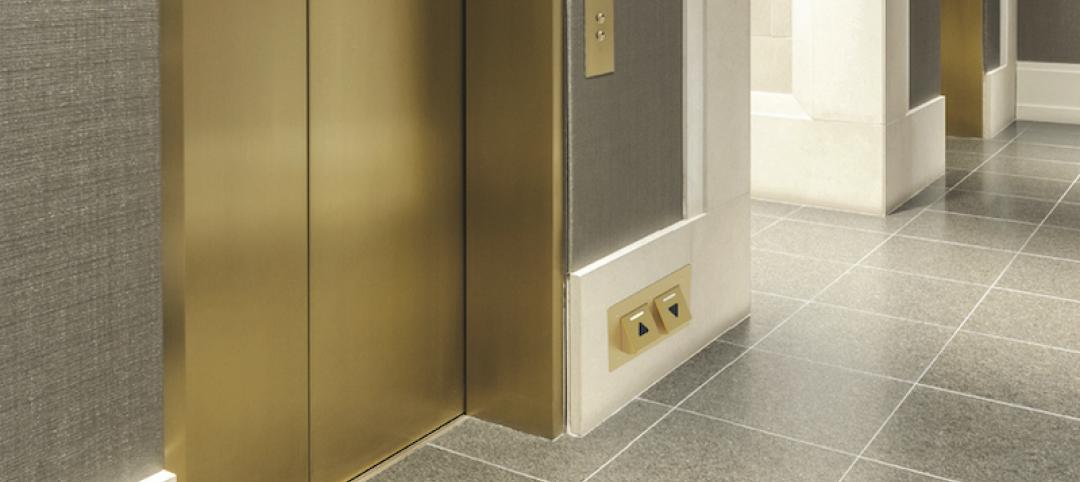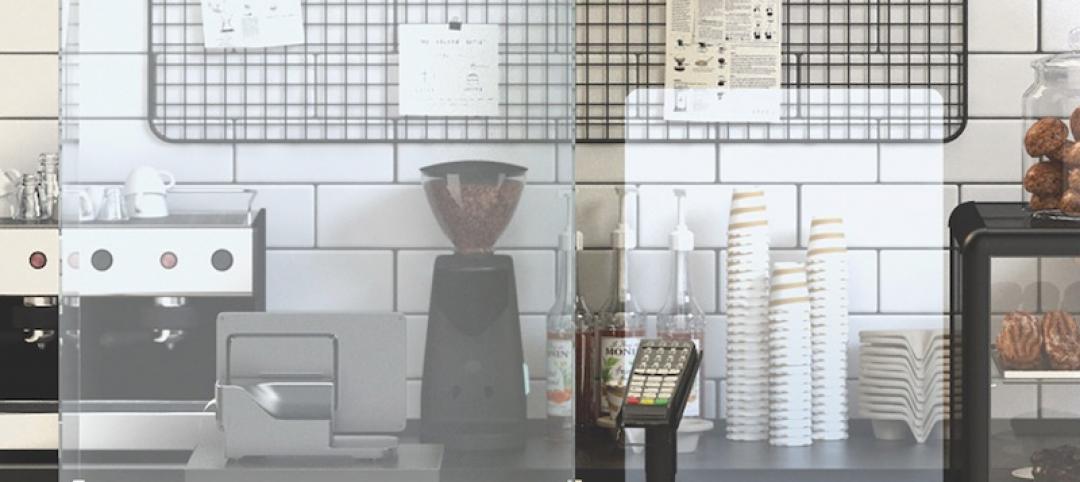The thought of colonizing Mars has science fiction aficionados, scientists, and billionaire entrepreneurs staring up at the night sky with renewed wonder and inspiration. But the key to achieving the lofty goal of colonizing and building extensively on a new planet may not exist out among the stars, but under our feet right here on Earth.
Christopher Maurer, an architect and Founder of Cleveland-based Redhouse Studio, and Lynn Rothschild, a NASA Ames researcher, believe algae and mycelium (the vegetative part of a fungus that consists of a network of fine white filaments) may make the perfect building material on Mars.
See Also: Rovers set to invade construction jobsites
The algae, which would act as the food supply for the fungus, and mycelium spores would be packed into a flexible plastic shell where it would be watered and coaxed to grow, providing structure for the shell and filling it out almost like air fills out a bouncy castle.
 Courtesy Redhouse Studio.
Courtesy Redhouse Studio.
Here is how Rothschild, the principal investigator on the project, and Maurer, the co-investigator, envision the process working on Mars:
• Hermetically sealed bags containing dehydrated algae and dormant mycelium would be delivered to Mars (at a fraction of the weight, space, and cost of traditional building materials) and deposited at a given build site. The bags would then be unfolded and laid flat.
• A rover would deliver carbon dioxide, nitrogen, and water sourced from Mars to begin the growing process. The double-sealed plastic shell will fill with air and water, and the embedded algae will begin to grow. This reaction will create oxygen and biomass to fill the shell and give it form.
• Fungi are released and bind with the dried algal biomass to create a strong composite. This packed mycelium has a compression strength that is better than that of lumber and a better bend strength than reinforced concrete. The entire process would only take a couple of
days to complete.
 Courtesy Redhouse Studio.
Courtesy Redhouse Studio.
Essentially, astronauts would have a sustainable building material that can be altered to produce anything from more fabric-like materials to the ultra-compacted, rigid material required for structural uses. There is also the possibility that it can be bioengineered with pigments to protect against one of the toughest obstacles associated with building on Mars: radiation. The shells could be made in any shape to produce dwellings reminiscent of the ones we are more acclimated with here on Earth.
This project, which is being funded by the NASA Innovative Advanced Concepts program, is nowhere near becoming a reality, but it is one of the most well-rounded ideas yet for building on another planet.
Related Stories
AEC Tech Innovation | Mar 9, 2022
Meet Emerge: WSP USA's new AEC tech incubator
Pooja Jain, WSP’s VP-Strategic Innovation, discusses the pilot programs her firm’s new incubator, Emerge, has initiated with four tech startup companies. Jain speaks with BD+C's John Caulfield about the four AEC tech firms to join Cohort 1 of the firm’s incubator.
Great Solutions | Jan 18, 2022
Researchers develop concept for rechargeable cement-based batteries
Researchers from the Department of Architecture and Civil Engineering at Chalmers University of Technology in Gothenburg, Sweden, have created a concept for rechargeable batteries made of cement. The concept involves a cement-based mixture with small amounts of short carbon fibers added to increase conductivity and flexural toughness.
Great Solutions | Nov 22, 2021
Drywall robots take the risk out of the finishing process
Canvas is using robots to complement the work already being done by drywall professionals.
Great Solutions | Sep 23, 2021
Seattle looks to become America’s most walkable city with a new citywide wayfinding system
Seamless Seattle will support the Seattle Department of Transportation’s commitment to increase the percentage of trips made by walking to 35% by 2035.
Great Solutions | Jul 9, 2021
MojoDesk creates a new solution for managing open office distractions
The MojoDome allows for a private work space while also maintaining a collaborative environment.
Great Solutions | Mar 18, 2021
Follow the leader: New following technology better equips robots for the jobsite
New proof-of-concept from Piaggio Fast Forward and Trimble enables robots and machines to follow humans.
Great Solutions | Feb 11, 2021
Simplifying the return to the office
A new web-based tool from Sasaki takes the guesswork out of heading back to the workplace.
Great Solutions | Oct 6, 2020
Could water-filled windows help buildings save energy?
New research shows how water-filled glass could help heat and cool buildings.
Great Solutions | Aug 10, 2020
From lobby to penthouse, elevators can be a 100% touch-free experience
The Toe-To-Go elevator system allows riders to operate the elevator entirely with their feet.
Great Solutions | Jul 13, 2020
Essential protection for businesses
Custom protective barriers help keep essential business employees safe.




